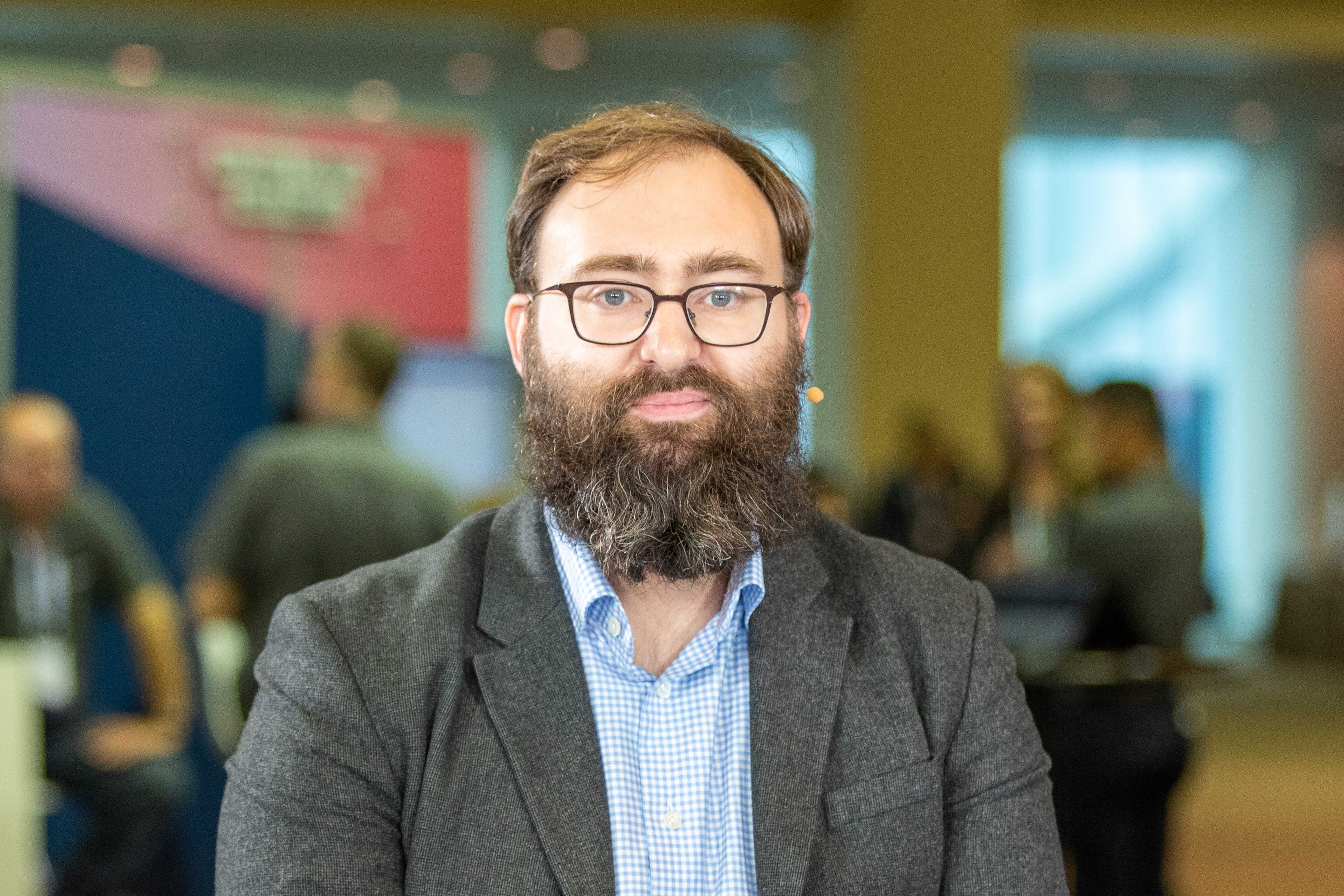 POLICY
POLICY
 POLICY
POLICY
 POLICY
POLICY
From the industrial revolution on, traditional methods of business organization have separated areas of specialty into silos: accounting, marketing, production, etc. The model is a top-down structure where executives rule over discrete areas, operating within their own parameters.
Just a few years ago, no one would have questioned this method. It was tried, true and worked smoothly. But the rise of digital technology is challenging the old, fixed way of working.
“If there’s one thing that you really need to make sure you’re good at in the digital age, it’s being agile,” said Chris Marsh (pictured), research director of workforce productivity and compliance at 451 Research LLC.
Marsh spoke with Rebecca Knight (@knightrm) and Jeff Frick (@JeffFrick), co-hosts of theCUBE, SiliconANGLE Media’s mobile livestreaming studio, during the Smartsheet ENGAGE event in Seattle, Washington. They discussed Marsh’s recent report on how digital technology is forcing companies to reevaluate their organizational structure (see the full interview with transcript here). (* Disclosure below.)
Keeping competitive in the digital era requires moving at a fast pace. And legacy systems, both technological and organizational, are causing a “pervasive friction,” according to Marsh. His research showed that corporations are realizing the need for a reorganization within the workplace.
“[There is a] massive appetite from senior managers for more collaboration across departments,” Marsh said. This has opened the door to new technologies created to optimize workflow for the digital era.
“We see a lot of interesting new technology trends and tooling that are allowing people to operationalize work in the seams between those legacy systems,” Marsh stated.
One example is work execution platform Smartsheet, which allows companies to operate in a more agile manner by moving workload away from the legacy systems and into a digital platform. “We call that shift from systems of record to what we call systems of delivery,” Marsh said.
Adopting agile methodology is the first and most important cultural shift, but there are two other trends that Marsh advises businesses to embrace.
“The second ‘A’ is more autonomy for more of the workforce to do higher order types of thing,” he stated.
But unrestrained autonomy is not a complete solution: “We can’t just have a distributed set of teams who are going off and doing their own thing,” Marsh added.
The third A — alignment — provides the restraint for these autonomous teams. “There needs to be alignment back to strategy. There needs to be alignment back to governance and compliance, and there needs to be alignment also to work that’s adjacent but relevant,” Marsh said.
Platforms such as Smartsheet are providing a means of balancing these three A’s by offering resource management, planning and process automation workforce-wide, Marsh explained. This democratizes the ability to bring about change within the organization.
In the past, only employees with technical training were “power users” that had the ability to drive work initiative, according to Marsh. “[But] platforms like Smartsheet and others are giving more people the ability to be that power user,” he said. “And that’s kind of cool.”
Watch the complete video interview below, and be sure to check out more of SiliconANGLE’s and theCUBE’s coverage of the Smartsheet ENGAGE event. (* Disclosure: TheCUBE is a paid media partner for the Smartsheet ENGAGE event. Neither Smartsheet Inc., the sponsor for theCUBE’s event coverage, nor other sponsors have editorial control over content on theCUBE or SiliconANGLE.)
THANK YOU